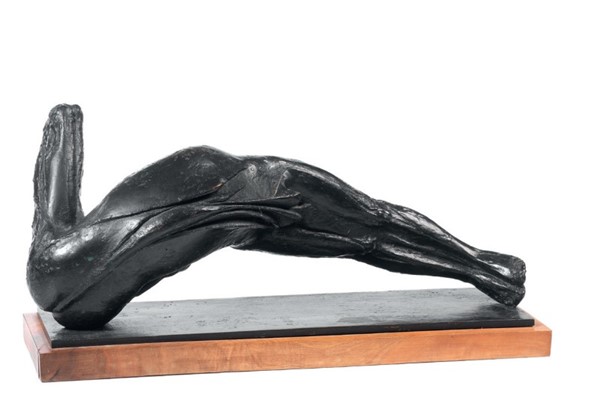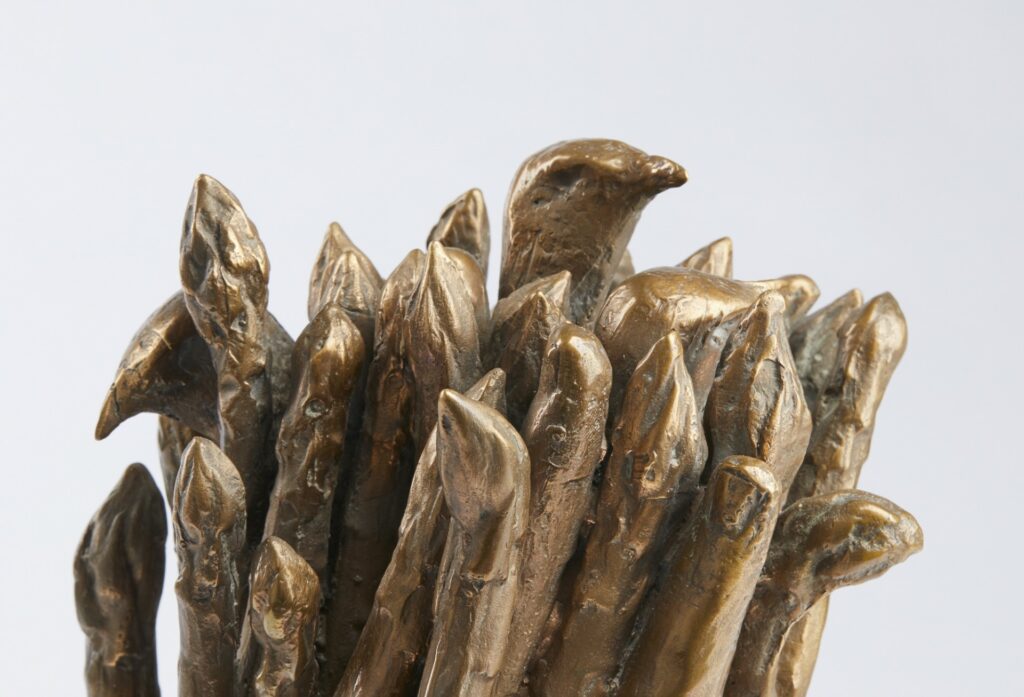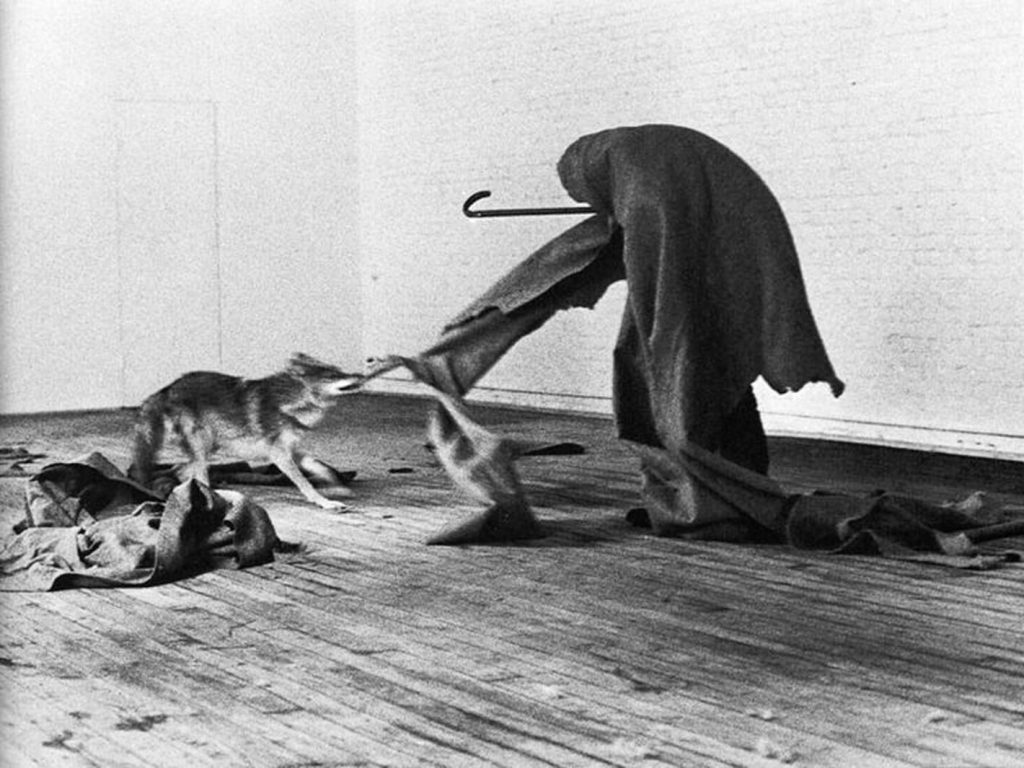The peculiarity of Finotti’s works is their metamorphism, everything can become something else: a heart can become a fist, human fingers can become birds, asparagus can become a human torso. This appears even clearer in works such as Homage to Shakespeare (1980 – 1984), exhibited for the first time at the XLI edition of the Venice Biennale. Here the love story between Romeo and Juliet turns into a confusing pile of objects piled one on top of the other: cushions, poles and sacks are found together with human limbs.

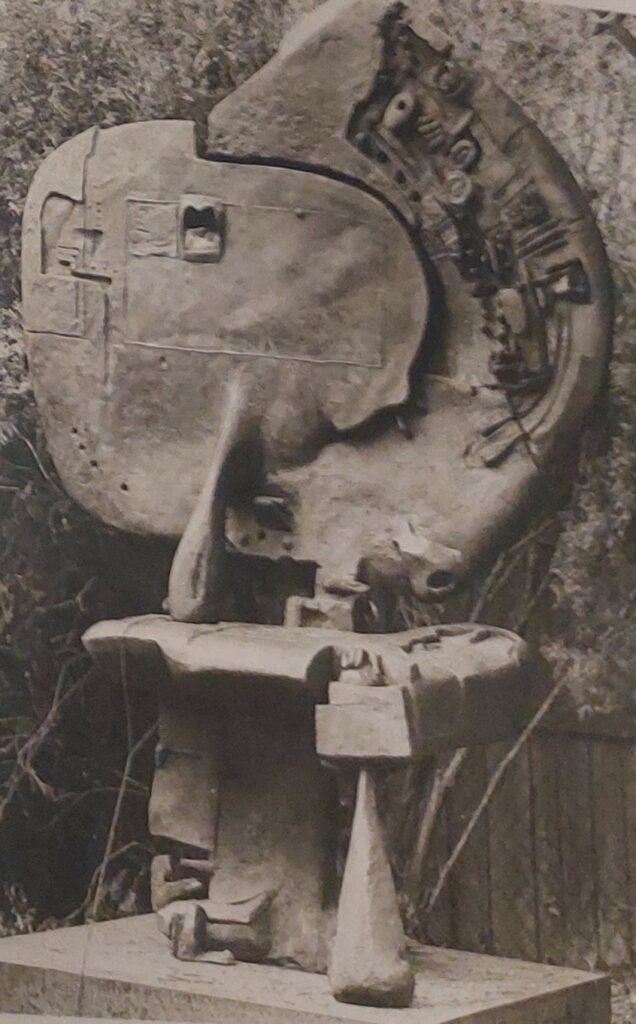
His visionary realism leads him to obtain deliberately complex and fantastic works, placed in a timeless reality, where the dimension of the dream meets reality, the dimension of irony with that of drama and the dimension of the past with that of future.
This peculiarity already emerged in the early sixties, before his great debut which took place at the XXXIII edition of the Venice Biennale in 1966, when Finotti was still a semi-unknown artist, recently graduated from the Academy of Fine Arts of Verona, his hometown. Giorgio Soavi, writer and friend of the artist, recounts how one evening he would show him and other acquaintances in his studio located a sculptural block, now lost, where the desire for figuration was already combined with that of rupture and transformation of the figures.
Sometimes surrealism seems to come to mind for some of his sculptures; it is no coincidence that works such as Time machine time (1966), pagan alter (1966) and excavated image (1966), exhibited at the XXXIII edition of the Venice Biennale in 1966, had aroused the interest of the surrealist painter A. Vallmitjana.
In other cases this formal vein of his is taken to the extreme, giving life to unnatural unions between objects and bodies, which seem to disquiet the viewer rather than alienate him. In Bird hand (1967) or For a ritual (1969) the set of objects becomes disturbing and annoying; in the first example human fingers are transformed into bird heads, severing the symmetry of the work. The horror of the scene is then underlined by the choice of material used, bronze, which increases the rawness of the metamorphosis.
The magical and unreal dimension of his works is then further increased by the sculptural virtuosity of Finotti, capable of transforming a material such as white marble into an almost transparent surface, adding the material metamorphism to the formal one.
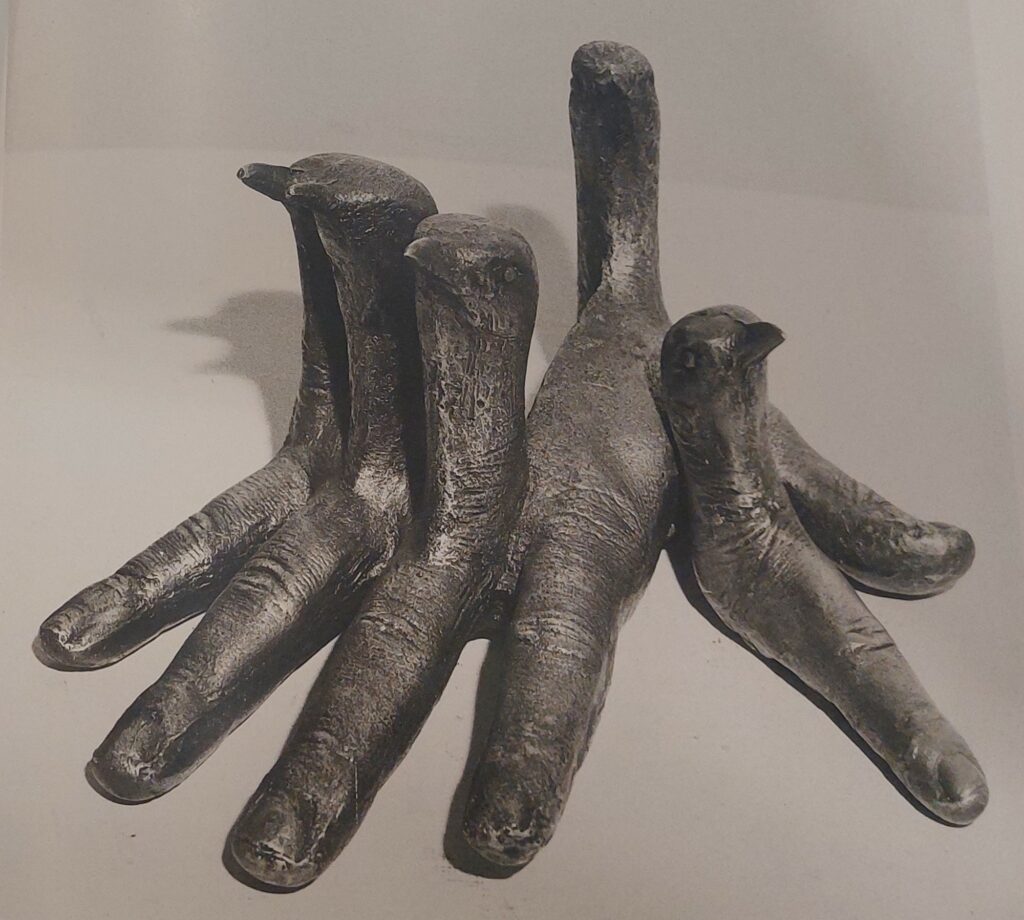
His works, apparently meaningless, try to investigate the problems of contemporary man, his traumas and his interests, in a dimension of constant transformation. Visible examples of this are Mantis (1977), in which a human figure is transformed through a twisted pose into the insect. Finotti thus proves to be a multifaceted artist, capable of transforming the anxieties of modern man into poetic representations suspended between real and unreal.
